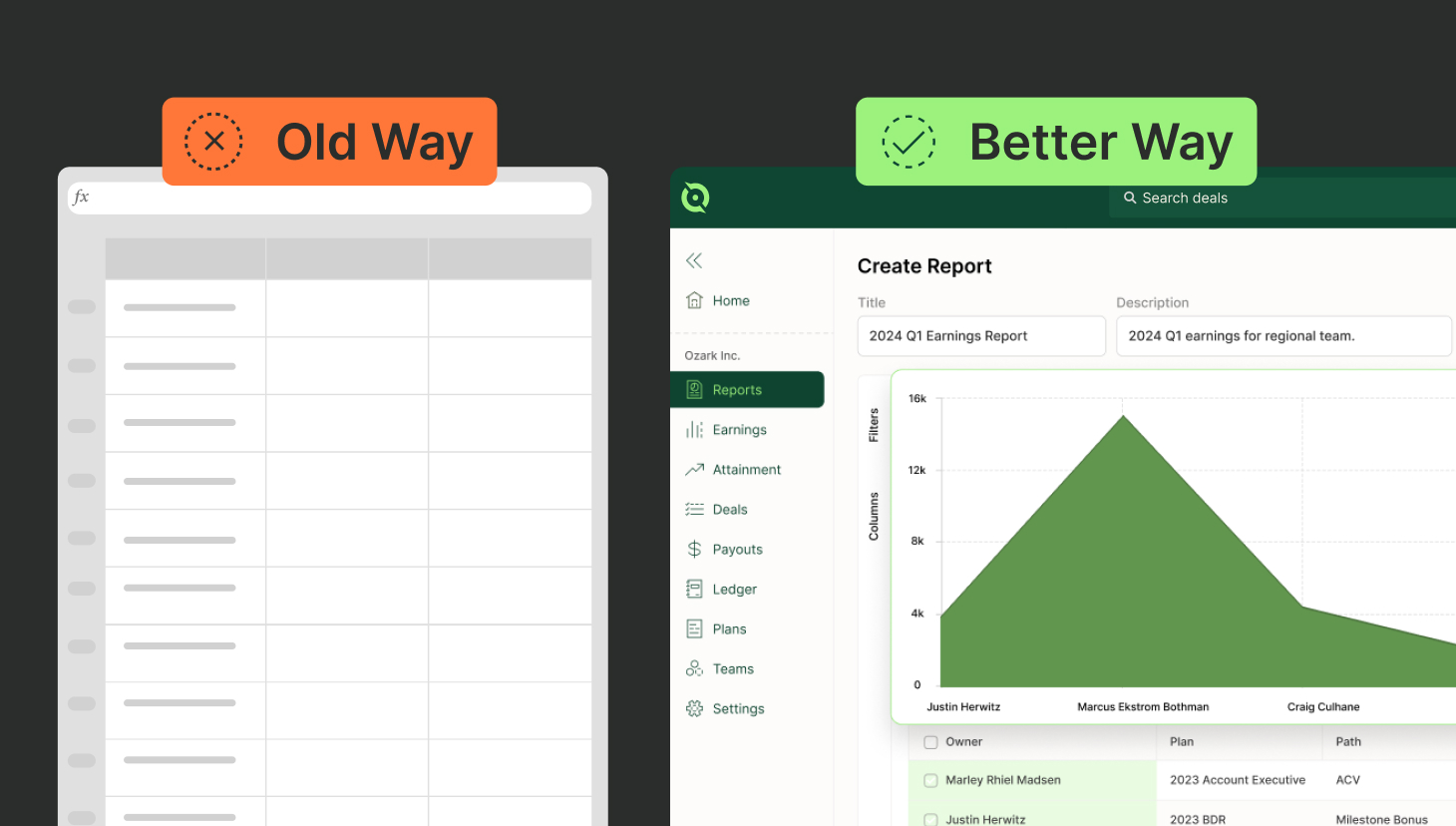Chief Sales Officer and Chief Revenue Officer. They’re the two positions typically tasked with leading a sales organization. They take care of everything from helping to build a winning sales strategy to leading the team to victory. But what are the differences between a CSO and a CRO?
What does a Chief Sales Officer do?
A Chief Sales Officer (CSO) is responsible for ensuring the team achieves target growth and meets sales revenue targets. They’re at the top of the sales hierarchy and frequently oversee sales VPs and Sales Managers. Those supervisors in turn oversee the salespeople who make up the bulk of the team.
Much of a CSO’s focus is on deals closing. They may take a more hands-on role with VIP clients to show there’s an executive closely involved with the account. However, mostly this means hiring, training, and scaling the sales team.
How much does a CSO make?
According to Salary.com, CSOs earned an average salary of $180K in base pay in 2023, with $182K in variable pay. That’s an average total compensation package of $362K.
Automate Sales Compensation Management
Automate sales compensation management and commission tracking by syncing your CRM, ERP, accounting systems, and data warehouses with QuotaPath.
Learn MoreWhat does a Chief Revenue Officer do?
A Chief Revenue Officer (CRO) oversees the entire revenue organization. The exact job description depends on the organization, but their domain often includes:
- New business sales
- Marketing
- Sales operations
- Marketing operations
- Renewals and upsells
- Sales Development Reps (SDR)
Every dollar that rolls into an organization generally passes through the CRO or a program they run.
How much does a CRO make?
According to 2023 data from Salary.com, CROs make $362K in total compensation on average. CROs on the lower end earn about $182K and those on the higher end make north of $650K.
CSO vs CRO: The main differences
There is certainly some overlap between the Chief Sales Officer and Chief Revenue Officer positions. Both are essential cogs in the organization wheel. Both need to have solid interpersonal skills and knowledge of important technology. And both must have a vision of what a solid sales strategy looks like but be able to adapt as needed.
All that said, there are also differences.
Core responsibilities
Think of the CSO as the person most focused on closing deals. When it’s time to hustle for new business, the CSO is ready to act. A CRO oversees many other departments, including marketing, operations, and client renewals.
Daily to-do lists
The Chief Sales Officer has their finger on the pulse of sales, and that means daily check-ins on the sales team and monitoring all relevant numbers. They’re always busy analyzing sales data, refining sales strategies, and finding more ways to support the sales staff. Because CSOs are in charge of ensuring market penetration, they’re also devising ways for the team to generate and nurture leads.
Chief Revenue Officers are master multitaskers, constantly rotating their attention from department to department. They’ll spend each day checking in with marketing, sales, and customer service to gauge the company’s health. More of a big-picture position, a CRO always looks at every piece of the company to ensure they create a successful whole.
Professional background
Because CSOs are so hyper-focused on sales, they tend to come from a sales background. They’ve worked hard to scale the ranks. They may have started out as a newbie salesperson, hitting targets and winning over clients for years. If you had to close a deal, you’d want the CSO on the call because they know the entire process inside and out.
A CRO might come from a sales background, but they’re just as likely to have come up in marketing or operations. Their purpose on a conference call is to give input on strategy and long-term planning.
Complexity
In truth, both positions are complicated, stressful, and rewarding in equal measure.
CSOs are deeply entrenched in the never-resting sales engine. They have to flit from person to person, project to project, account to account. When they’re not busy making sure there are enough salespeople or forecasting the next quarter, they’re finding new ways to reach the company’s ideal customer profile. There are weekly goals, monthly goals, and quarterly goals to meet, and the pressure is omnipresent.
CROs are a new C-suite position born of the need to have an executive who can float between departments and be equally effective. It’s a more holistic approach to multichannel management. If you have an interest in sales as well as marketing and operations, you might enjoy being a CRO.
Some organizations have both a CSO and CRO. In that case, the CSO likely reports to the CRO, giving the Chief Revenue Officer more responsibility and say in many operational and sales situations.
Whatever your role is, QuotaPath can help you track your commissions. Set up takes just minutes, getting you closer to your goals in record time. To learn more about how you can understand earnings, streamline compensation management, and better motivate your team, sign up for a free account today.



